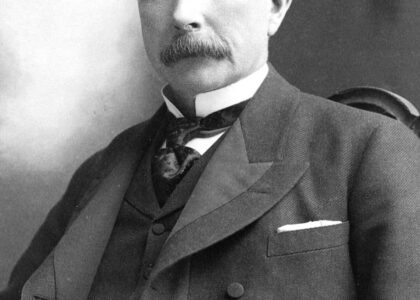Welcome to Scottsdale, Arizona, where art and culture thrive under the desert sun. As you approach Robert Indiana’s iconic ‘Love’ sculpture, you’re not just encountering a piece of public art; you’re experiencing a symbol that has captivated hearts worldwide since its creation. The ‘Love’ sculpture, with its bold red letters and distinctive tilted ‘O,’ embodies a message that transcends time and place.
Originally conceived as a painting in the 1960s, Indiana’s ‘Love’ design quickly became a cultural phenomenon. It was first turned into a sculpture in 1970 and has since been replicated in numerous cities across the globe. The Scottsdale installation, which you see today, is one of the many iterations that continue to attract visitors and inspire countless photos.
Robert Indiana, born Robert Clark in 1928, was a pivotal figure in the American pop art movement. His work often drew on the visual language of advertising and signage, transforming everyday symbols into profound statements about identity, politics, and society. The ‘Love’ sculpture, perhaps his most famous piece, has been interpreted in myriad ways, but at its core, it speaks to the universal human experience of connection and affection.
As you stand before this sculpture, consider its journey from a simple graphic to an international icon. Installed in Scottsdale’s Civic Center Mall, this piece contributes to the city’s rich tapestry of public art and cultural landmarks. It serves as a meeting point for community events and a backdrop for personal memories, embodying the spirit of Scottsdale as a place where art and life intersect.
In the broader historical context, Robert Indiana’s ‘Love’ sculpture represents the optimistic ethos of the 1960s—a time of social change, creative exploration, and the belief in a better world. Its enduring appeal lies in its simplicity and its ability to evoke deep emotions with just four letters.



